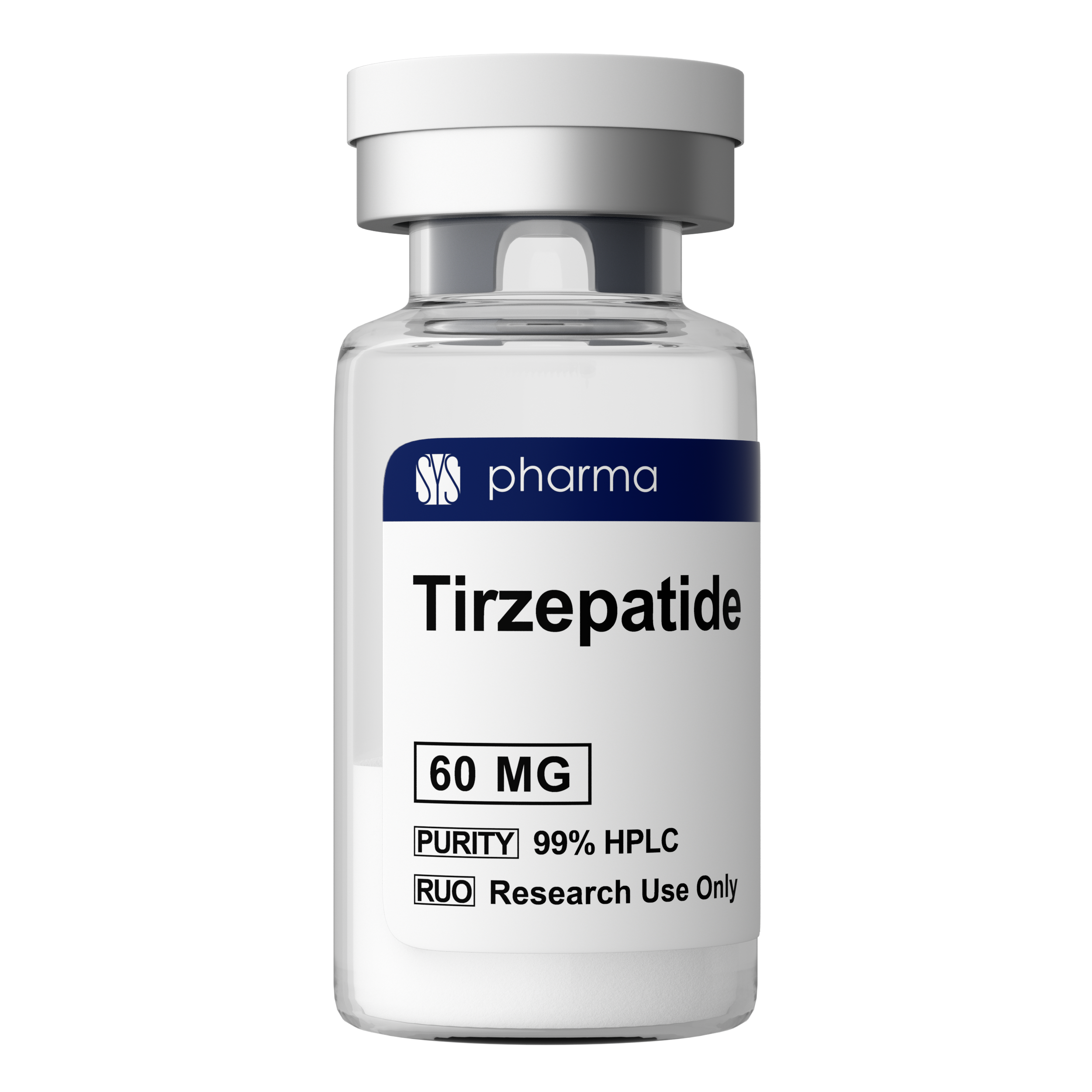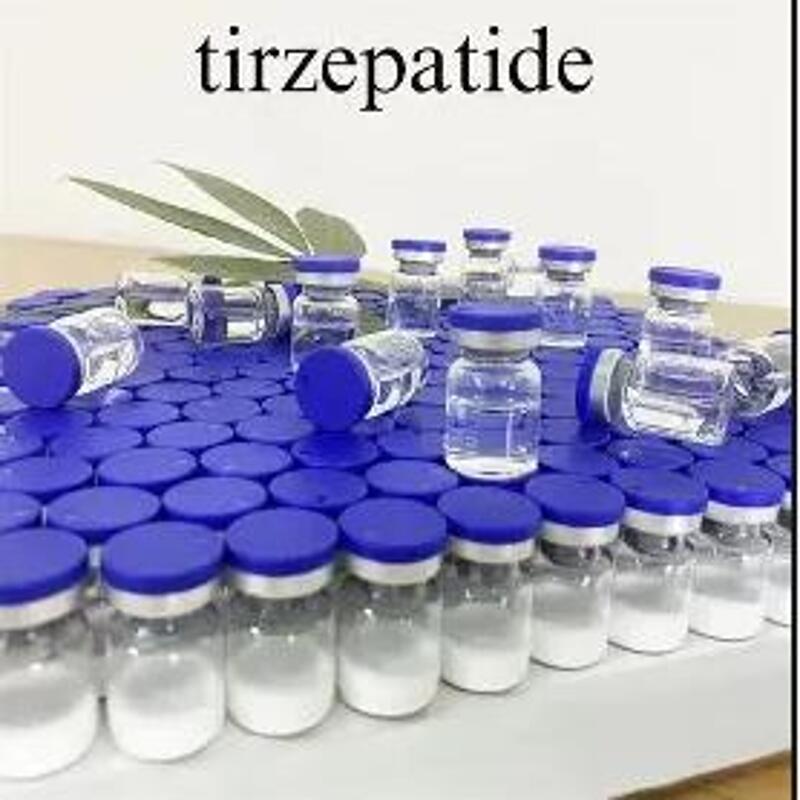-
Categories
-
Pharmaceutical Intermediates
-
Active Pharmaceutical Ingredients
-
Food Additives
- Industrial Coatings
- Agrochemicals
- Dyes and Pigments
- Surfactant
- Flavors and Fragrances
- Chemical Reagents
- Catalyst and Auxiliary
- Natural Products
- Inorganic Chemistry
-
Organic Chemistry
-
Biochemical Engineering
- Analytical Chemistry
-
Cosmetic Ingredient
- Water Treatment Chemical
-
Pharmaceutical Intermediates
Promotion
ECHEMI Mall
Wholesale
Weekly Price
Exhibition
News
-
Trade Service
According to the drug approval documents issued by China's State Drug Administration (NMPA) on February 2nd, several new drugs have recently been approved for market or new adaptations in China.
this article is an ancication of eight new drugs that have received attention, including prostate cancer, heart failure, non-squamous non-small cell lung cancer, thyroid myelin cancer and other diseases.
screenshot Source: NMPA 1, Bayer: ODM-201 300mg thin-film tablet Drug action mechanism/target: androgen-inhibitor ODM-201 (darolutide) is a new oral androgen-inhibitor (AR) inhibitor developed jointly by Bayer and Orion.
it has a unique chemical structure that binds to AR with high affinity and exhibits strong antagonism activity, thus inhibiting the proliferation of AR function and prostate cancer cells.
July 2019, the drug was approved by the FDA to treat patients with non-metastatic desopathic prostate cancer (nmCRPC).
, ODM-201's listing application was accepted in February 2020 and subsequently included in the priority review with a clear therapeutic advantage.
according to CDE public information, the drug's approved adaptation is - suitable for the treatment of non-metastatic despotic resistance prostate cancer patients.
a Phase 3 study of nmCRPC patients showed that the mid-level non-transferable survival of patients in the ODM-201 treatment group was 40.4 months, compared with 18.4 months in the control group, and the ODM-201 group reduced the risk of cancer metastasis or death by 59 percent.
2, AstraZeneca: Dagle Net Tablet Drug Action Mechanism/Target: SGLT2 Inhibitor Dagled Net Tablet is an oral sodium-glucose co-transport protein 2 (SGLT2) inhibitor developed by AstraZeneca.
SGLT2 is a transport protein in the kidneys that assists in glucose re-absorption.
SGLT2 inhibitors reduce glucose levels in the blood by inhibiting the function of SGLT2 by allowing more glucose to be excreted from the urine.
, Dagledge was first approved in 2017 to improve blood sugar control in adults with type 2 diabetes.
According to the CDE Priority Review Public Information, Dagrid's new adaptation, approved this time, is for adult patients with reduced blood test scores for heart failure (HFrEF), reducing the risk of cardiovascular death and worsening heart failure, and improving heart failure symptoms.
based on publicly available data, the safety and effectiveness of Dagrid net use for heart failure were evaluated in a randomized, double-blind, placebo-controlled study.
study showed that after about 18 months, patients treated with Daglie net had fewer cardiovascular deaths, hospitalizations for heart failure, and emergency heart failure than placebos.
3, Hesco: Cyclophenol Emulsion Drug action mechanism/target: short-acting GABAA subject regulator Public information shows that cyclophenol emulsion injection (developed code HSK3486) is an intravenous anesthetic drug developed by Hesco over eight years.
the drug is a short-acting GABAA subject regulator, similar to the mechanism of action of propofol, but more effective and safe.
to develop the drug for surgical all-hemp induction, endoscopic sedation/anesthesia, ICU sedation and other adaptations.
In December 2020, the cyclophenol emulsion was approved for the first time by the NMPA for sedation in the endoscopy of the digestive tract, the first new class 1 drug approved by Hesco Pharmaceuticals.
according to CDE public information, the product this approved new adaptation for general anaesthetic induction.
application was accepted in January 2020 and included in the priority review in February 2020 with a clear therapeutic advantage.
4, Xinda Bio: Xindili monoantigen drug action mechanism/target: Anti-PD-1 antibody Xindili monoanti is a human immunoglobulin G4 (PMMUNE globulin G4) developed by Xinta Bio and Eli Lilly and Company IgG4) monoclonal antibody, can specifically bind to the PD-1 molecule on the surface of T cells, thereby blocking the PD-1/PD-L1 path, which causes tumor immunity, reactivates the anti-tumor activity of lymphocytes, and achieves the goal of treating tumors.
end of 2018, the drug was approved for the first time in China to treat relapsed/resuscidable classic Hodgkin's lymphoma.
, according to an earlier press release issued by Cinda Bio, the new adaptation approved by Cindili Monoanti is a first-line treatment for non-squamous non-small cell lung cancer (NSCLC).
that the new adaptation application is based on a randomized, double-blind, Phase 3 controlled clinical trial (ORIENT-11). The results of the mid-phase
analysis showed that the single-anti-joint (injection of pyridic di sodium) significantly extended the patient's progress-free survival and reached the preset efficiency criteria: the mid-term analysis data cut-off date, the medium follow-up time was 8.9 months, and the neutral non-progression survival of the trial group was 8.9 months, higher than the control group's 5.0 months.
5, Zhengda Tianqing: Hydrochloric Acid Arotini Capsule Drug Action Mechanism/Target: VEGFR, PDGFR, FGFR, c-Kit, etc. Anrodini is a multi-target developed by Zhengda Tianqing Small molecule tyrosine kinase inhibitors, the main targets include endothoste growth factor inhibitor (VEGFR), plate derived growth factor inhibitor (PDGFR), fibroblast growth factor inhibitor (FGFR), c-Kit and so on.
, the drug has been approved in China for the treatment of advanced or metastasis non-small cell lung cancer, soft tissue sarcoma, small cell lung cancer.
The new adaptation to the drug's approval is "for the treatment of patients with non-removable localized advanced or metastatic thyroid myelin cancer with clinical symptoms or clear disease progression," according to a press release.
clinical study data showed that patients treated with hydrochloric acid atrotinib capsules had a 9.6-month increased risk of recurrence and a 47 percent lower risk of tumor recurrence.
, the product has a low rate of adverse reactions, a low severity, and the vast majority of controllable.
6, Astellas: Fumaric acid gyretinib drug action mechanism/target: FLT3 Public information shows that Gintilini is Astellas in cooperation with Kotobuki Pharmaceuticals Co., Ltd. found a drug, Astellas has exclusive rights in the global development, manufacture and commercial of gin.
study showed that ginibs were able to inhibit two common FLT3 mutations, FLT3-ITD and FLT3-TKD, found in about one-third of patients with acute myeloid leukemia.
is known to maintain inhibition of FLT3 activity in the body and is less likely to produce bone marrow inhibition.
addition, it inhibits the tyrosine kinase, a subject called AXL, blocking a potential mechanism that makes tumor cells resistant.
in China, Ginetinib's application for a new drug to market was accepted in April 2020 and subsequently included in the priority review for "qualified approved drugs".
according to the priority review public information, the drug was approved this time the adaptive disorder is: used to treat FLT3 mutation-positive recurrence or resophageal acute myeloid leukemia adult patients.
it is worth mentioning that ginib has been included in the CDE's third batch of clinically urgently needed new drugs from abroad.
7, Mesadon (MSD): Posaconaz injection Drug action mechanism/target: The biosynthetic posaconazole (posaconazole) that inhibits erythrosterol is derived from icconazole and exerts its antifactoxic activity by inhibiting the biosynthesis of steroids.
inhibits the steroid C14 demthylation compared to icconazole, especially for asphalt.
, Merca East's Posakonaz oral suspension (Nokofei) has been approved for listing in China and will be included in China's national health insurance list in 2019.
The approved adaptations include: 1) prevention of invasive ascertic and Candipic infections;
this time approved in China for Posaconazole injection, which is a new intravenous dosage form of Posaconazole.
that the product uses adhesive technology to improve the solubility of Posaconazole in water, providing a good solution for insoluble drugs to make injections.
8, UCB): Lacosamine tablet drug action mechanism / target: selective action on slow inactive sodium channel lacosamine is a new anti-epileptic drug, the unique mechanism of action is that it can selectively act on slow inactive sodium channel, prolong sodium channel infwelling state time, can more effectively reduce the internal flow of sodium ions, reduce the excitability of neurons.
December 2018, lacosaamine tablets (Vipette) were approved in China for combined treatment of partial seizures associated with or not accompanied by secondary comprehensive seizures in adults and adolescents (16-18 years of age).
public information, the product became the first new anti-epileptic drug approved in the Chinese market in 11 years, and with its unique advantages for some patients with seizures to bring new treatment options.
was approved again this time, presumably as a new allergy.
Based on the drug clinical trial registration and information disclosure platform, for the lacosaamine tablet dosage form, the company has completed a phase 3 international multi-center clinical trial evaluating the effectiveness and safety of lacosaamine as a combined treatment for adult patients with partial epilepsy (accompanied or not accompanied by secondary comprehensive seizures).
In addition, a number of clinical studies are under way, including a Phase 3 International Multi-Center Open Long-Term Extension Study to evaluate the effectiveness and safety of lacosaamine as a combination therapy for the treatment of subjects with partial seizures in children.
to congratulate these new drugs on their approval in China or for their new adaptives, and look forward to their early entry into the patient's side, bringing more treatment options to the patient.







